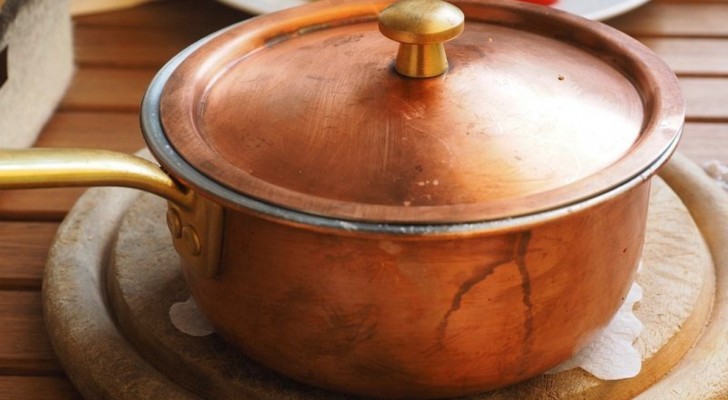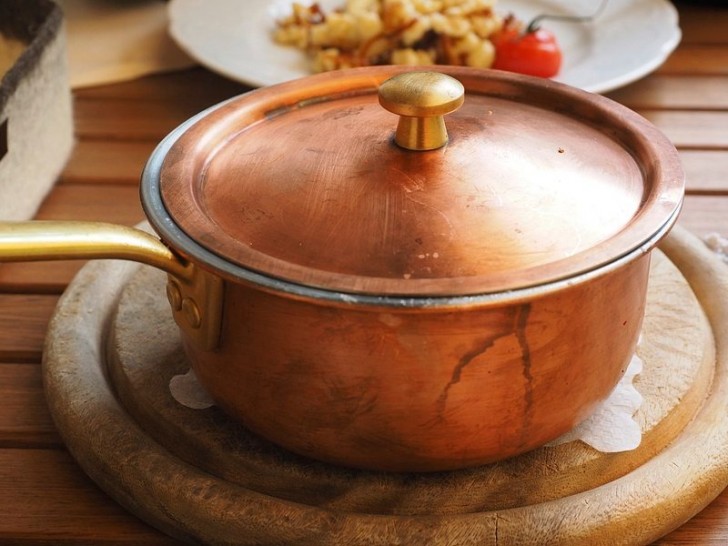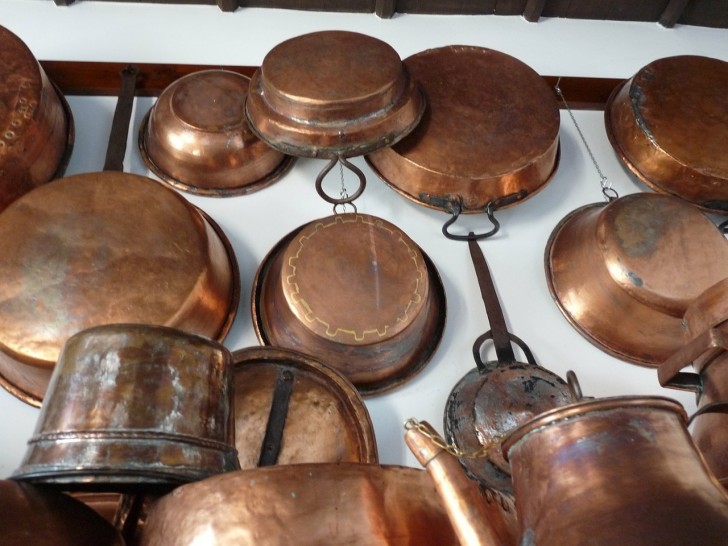Tarnished copper: make copper cookware look like new again with the right methods

The beauty of copper pots and pans is undeniable: they look fantastic and are excellent for cooking. They are a great investment considering how long they last. However, it's true that they can easily oxidize (tarnish) and lose their original luster. While some wear and tear is normal, it's also nice to keep them as shiny and clean as possible. So, how can this be done? Even after a thorough washing, some dark stains might not come off, and the copper patina they had when new, gradually fades.
There are a few methods you can try, and here are three of them:
Oxidation/tarnishing of copper pots

rawpixel.com
The dull patina we see on copper is due to oxidation and is also called "tarnishing". This phenomenon also affects silver or brass, occurring when these metals are exposed to oxygen, water, and are exposed to air for a long time. It's impossible to avoid tarnishing completely.
As for copper pots used in the kitchen, these also come into contact with dirt, oils, fats, and even aggressive chemicals. When copper is subjected to all these stresses, it eventually changes color, developing a patina that can be light green or a dark amber color.
Methods for cleaning copper pots and pans

needpix.com
There are specific, commercial products available to clean copper, but you should first make sure they are suitable for use on items used for cooking. If you'd like to try cleaning copper using ingredients commonly found in the kitchen, you can try the following:
- Cream of tartar and lemon: Make a cream using 2 tablespoons of cream of tartar and one of lemon. Take a soft cloth and use it to spread the cream over the entire surface, especially where there are stains. Rub the paste on the stains, then take another damp cloth to remove paste afterwards. Dry thoroughly and immediately, and you will see a big difference.
- Baking soda and lemon: these ingredients are used just like you are polishing shoes, being applied and worked in with circular motions. Afterwards, wipe off with a damp cloth, and polish dry.
- Lemon and salt: Take a fresh lemon, cut it in half, and dip the cut side into a mound of salt you have poured onto a cutting board. Use the lemon as a scrubbing sponge on the copper, dipping it into the salt when needed. Afterwards, rinse off and dry as described above.
These are three very simple remedies, but we want to remind you not to overuse them or to rub too hard. Also, remember that it is perfectly acceptable to let copper age naturally and it is not vital to remove every sign of tarnishing and age.